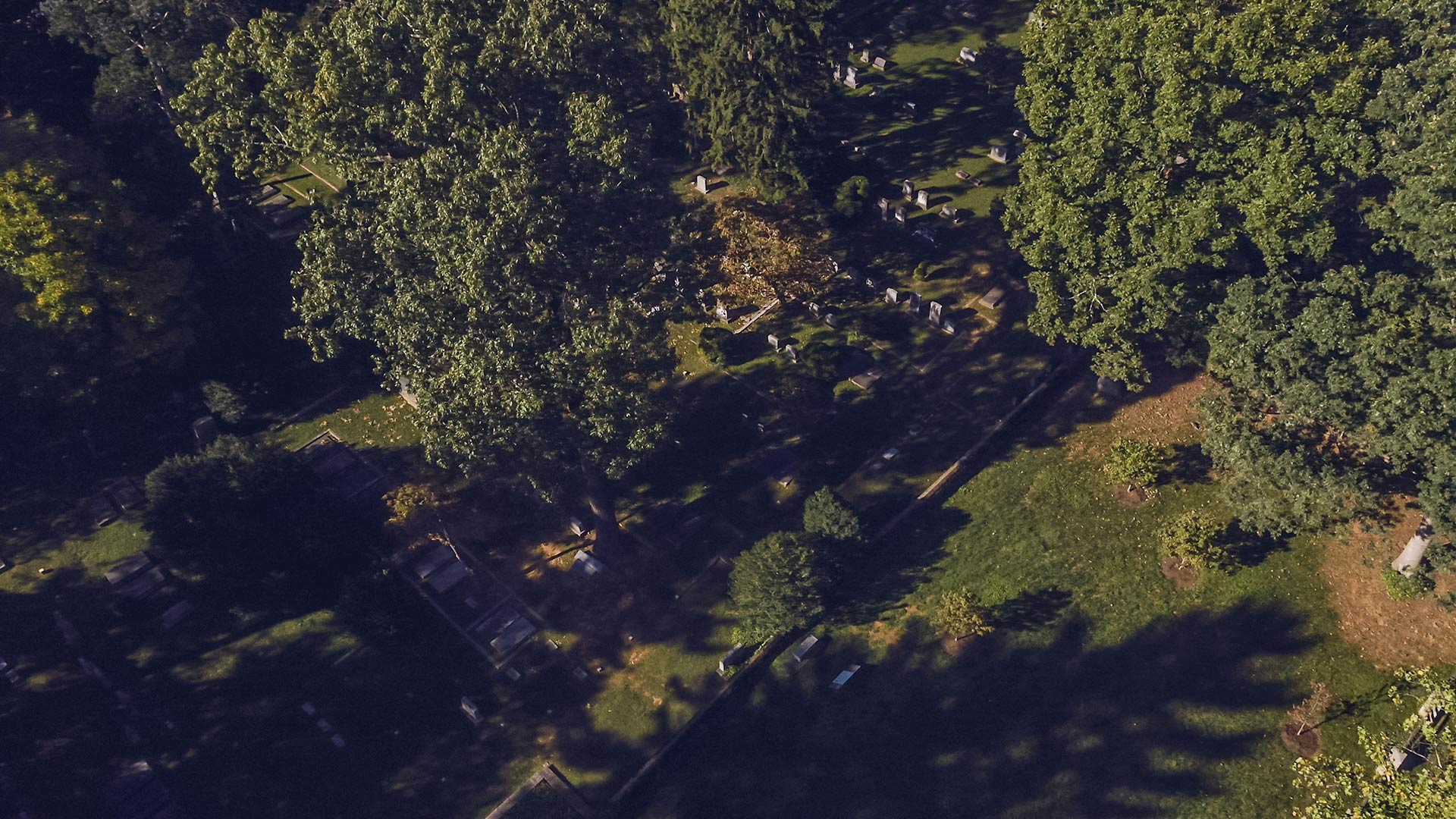For many years, the history of enslaved laborers’ contributions to the building of the University of Virginia was not told. That’s changing.
Researching who they were and what roles enslaved laborers played in the building and daily operation of the early University is part of the mission of the President’s Commission on Slavery and the University, which UVA President Teresa A. Sullivan formed in 2013.
Taking that research and finding ways to educate students and the community about this history is a multi-pronged part of the process.
One of the commission’s most ambitious projects is the planned Memorial to Enslaved Laborers, the design of which UVA’s Board of Visitors approved in June after months of work and public outreach to the UVA community, alumni and Charlottesville-area residents. The memorial’s location will be an open green area of the UVA Grounds east of Brooks Hall and across from the Corner. The interior face of the wall will bear the names – often only first names – of nearly 1,000 enslaved people who lived and worked on Grounds from 1817 to 1865.
In addition, this week the commission has partnered with the Slave Dwelling Project to present a symposium, “Universities, Slavery, Public Memory and the Built Landscape.” It’s one of the events planned to commemorate the bicentennial of UVA’s founding and also a meeting of a consortium, Universities Studying Slavery, created by the commission. The symposium is highlighting the recent work of UVA and other universities and institutions that have begun to grapple with their own histories, including appropriate preservation and memorialization.
Commission co-chair Dr. Marcus Martin, UVA’s vice president and chief officer for diversity and equity, said, “Going forward, having that knowledge, teaching our students, educating the public is an opportunity to heal, it’s an opportunity to learn, it’s an opportunity to know what we need to do next.”
Take a look at the video above to see some of the commission projects that are bringing this history to light.
Media Contact
Article Information
October 18, 2017
/content/video-uvas-slavery-history-no-longer-hidden-plain-sight

